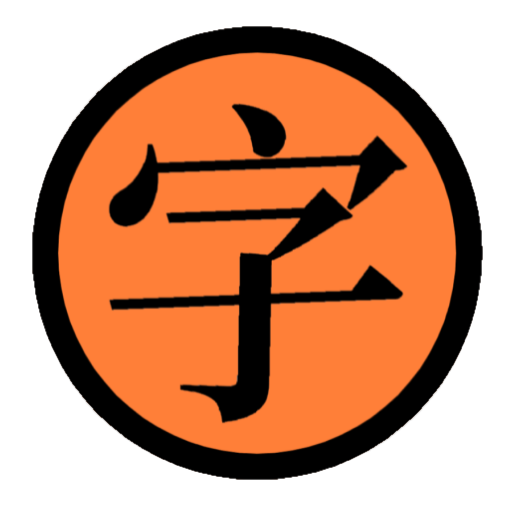Opinions differ as to how important it is to pronounce tones correctly in Chinese. Some people will tell you that it doesn’t really matter if you do, while others will tell you amusing (or not-so-amusing) stories based on somebody’s incorrect tone pronunciation. In Chinese Drill, we have made it possible for the user to configure the strictness of testing of tone correctness, with a default setting aimed at the serious learner.
If you run Chinese Drill in its default settings, you will notice that there is a difference in testing between the characters and words sections of the Chinese-to-English tests. In both cases, the app points out if you have made a mistake in entering the tone of a syllable (shown with a red letter “T”). But in the character section you are not marked down for your mistake, whereas in the word section you are. This also affects how items are scheduled for revision.
This is because the pronunciation of a Chinese character is a nominal one, and it can change according to the word it is used in. For example, the nominal tone for “好” (hăo, good) is 3rd, and this is the tone actually used when the character is used as a word. But when it appears in “爱好” (àihào), it is in the 4th tone. So it is less important to know the nominal tone of characters than it is to know the correct tone of syllables in words.
If you wish, you can change the strictness of the tests in this respect. In the Settings, look for the radio buttons under “Strict tone checking”. If you leave it as the default “Words”, checking will be as described above. If you set it to “Characters and Words”, you will also be marked down for incorrect tone entries in the character section of the tests, and revision scheduling will be affected accordingly. If you set it to none, incorrect tone entries will be pointed out to you as before, but you won’t be marked down for them. While we don’t recommend this last option for those who are preparing for tests, it may be enough for the casual learner.
